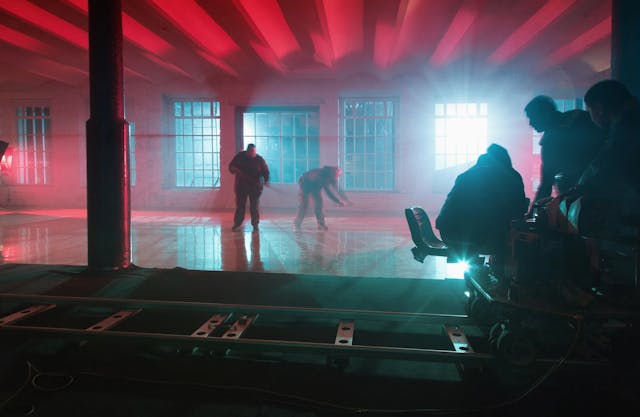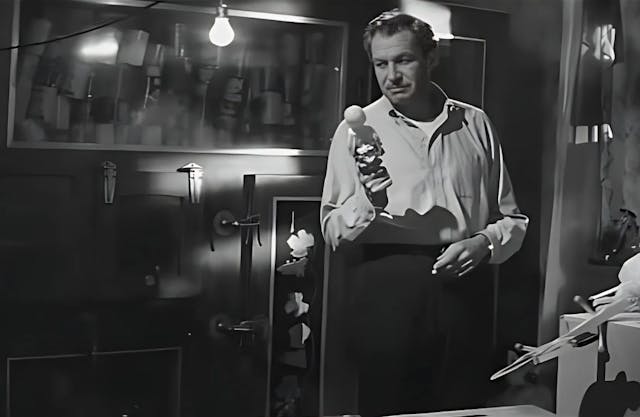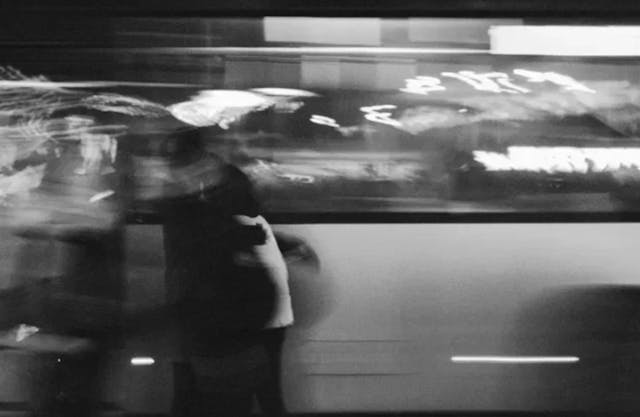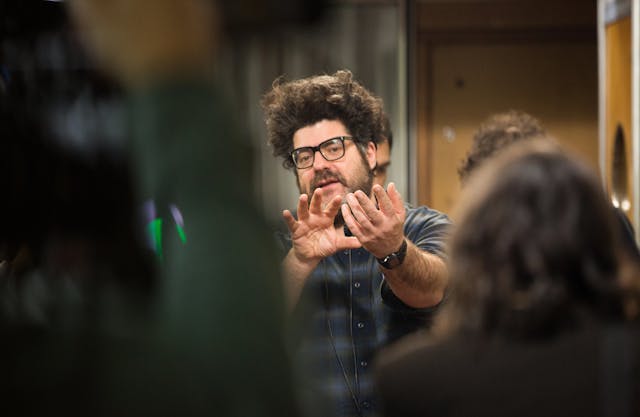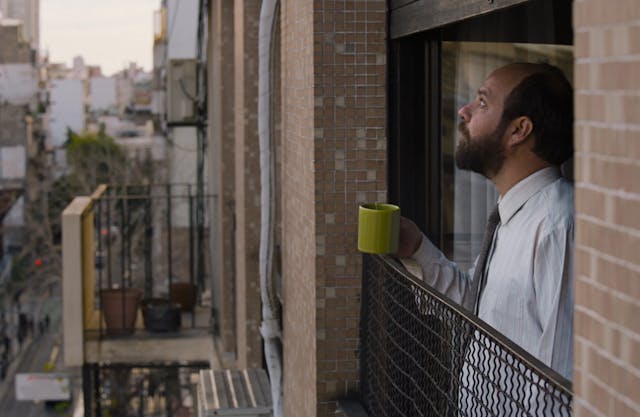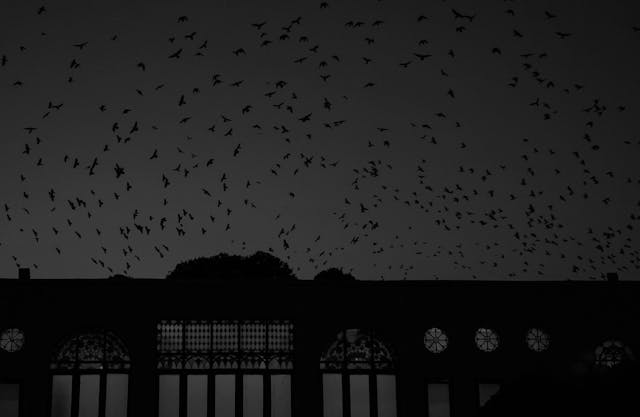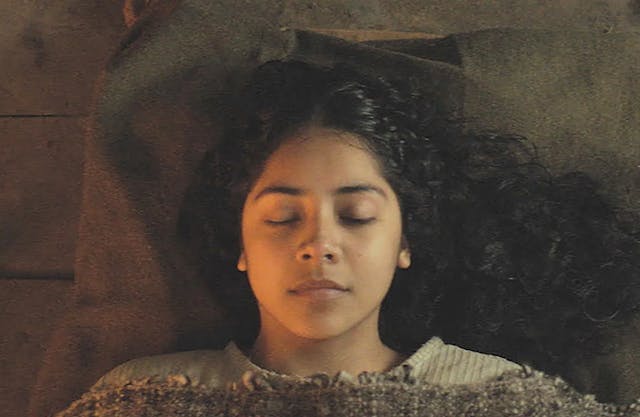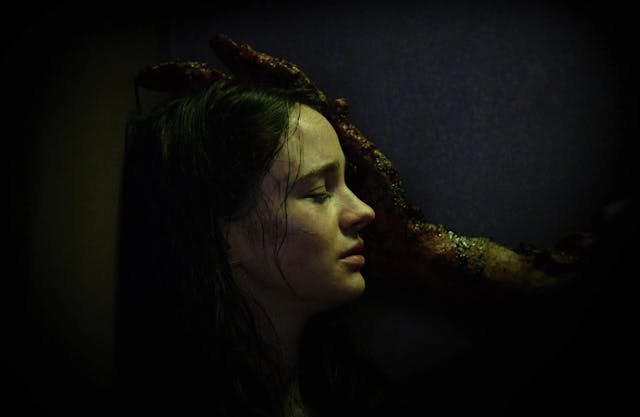Häxan: An Early Classic of Scandinavian Movies Conjures Pure Evil
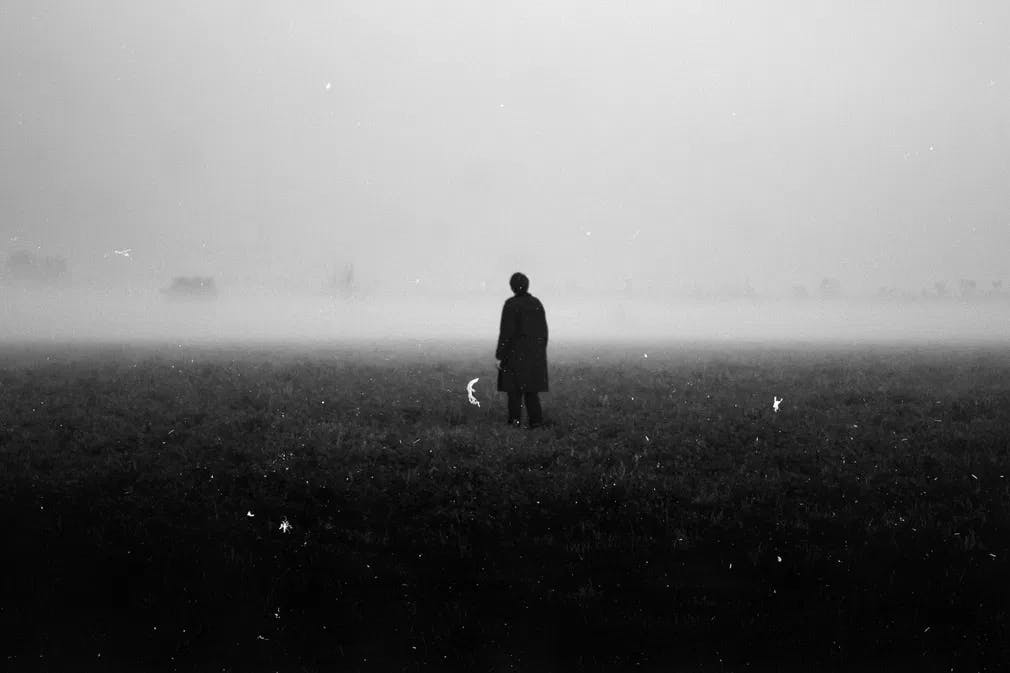
We are one year shy of “Haxan”’s centenary, and Benjamin Christensen’s silent film has not lost its power to shock. If you are tired of the Halloween staples, take a chance on this early exponent of classic horror films that crystallizes the malleability of early cinema while, at the same time, feeling eerily modern. It is available to stream on Popflick, your better source to watch independent movies online.
A Danish actor and filmmaker, Christensen became fascinated with the history of witchcraft and spent a few years doing background investigation for a documentary on necromancy. It should take a place of honor among classic Scandinavian movies, springing from the efforts and talents of two countries in the region. Christensen sought resources to cover the films’ budget from Swedish company AB Svensk Filmindustri. To begin film production, the director returned to his native Denmark and took over Astra Film Studios. Working with Swedish money in Danish territory allowed him total creative freedom. He would need it due to the controversial nature of the material. There was also lots of space for the ambitious scope of his original vision, which aimed to recreate medieval times.
An Early Essay Film Casts a Spell
The title “Haxan” is Danish for “Witch.” No doubt distributors kept the original because it sounds mysterious to foreign audiences. Christensen, who also wrote the script, crafts the movie as a striking film essay. Its ambitions are clear in the subtitle: “A Cultural and Historical Presentation in Moving Pictures in Seven Parts.” Back in the early XX century, such a thing filled seats! It’s no wonder that it begins, literally, with something akin to a scientific conference. The first of seven chapters looks at the roots of the belief in sorcery and witchcraft, going as far as ancient Persia, with historical illustrations.
Christensen films close-ups of pages of documents, using closing irises, fades, and screens to create emphasis. It’s not his fault that zoom lenses were not yet invented! At certain points, a stick or a pencil enters the frame to point at a particular element. Contemporary audiences must arm themselves with patience and accept the primitive charm of this rather inert segment. Check out the mobile two-dimensional diorama of hell, complete with red tinting! This is the only part of the movie in which the passage of time has not been kind. That patience will be handsomely rewarded further down the road.
I urge viewers who think of pushing the fast-forward button to give in to the aesthetics of the first chapters. It provides valuable context and, in a roundabout way, casts a spell that primes you for the wonder to come.
The Alchemy of Narrative
The historical lesson lasts a little over 13 minutes. Chapter two introduces dramatic recreation - that is to say, fictional theatrics performed by actors in sets - to the underground lair of Karna, a witch in 1488. The movement and the intricate set truly feel magical after the overall stasis of the introduction. The witch receives a provider who brings body parts stolen from the body of a recently hanged thief. “This thief’s body has hung too long on the gallows,” laments a fellow witch smelling a finger after breaking it off an almost dissected hand. “When a thief’s finger is too dried out, it can no longer lend the brew any healing power,” she concludes. Alas, the potion they are dutifully stirring in a cauldron is, after all, medicine.
There is almost an ethnographic intent in how the camera observes the two witches going about their routine. The dramatic register changes and becomes more complex when a woman comes in looking for a potion to make a monk fall in love with her. The underground scenes are tinted in sepia, and the exterior shots of the woman walking through the village streets at night are blue. Silent cinema is misguidedly believed to be comprised of "black and white movies." In truth, many movies use color this way to define the time of the day and space.
As the woman receives the magic potion, she fantasizes about the moment in which she will administer it to her patron, the object of her lust. Christensen fades from her smiling face to the imagined event, yet to happen - if it all gets to happen. Visualizing she will barely get a pat on the head, she asks for something stronger. Another fade brings a new flash of daydreaming where the man ends up pursuing the woman through an orchard before capturing her in his arms and kissing her passionately. Back in the witches’ lair, she smiles content and saves the small vial in her bosom. The cartoonish acting of the monk lends these flights of fancy an unexpected comedic quality. Because freebies were a thing even then, the Karka offers her a magic ointment that will make the man succumb totally but which will convert the woman into a witch. She demure.
The movie jumps to an alternate plot, seemingly in the same town, where two students steal a body from the cemetery to perform a primitive autopsy, trying to study an unidentified sickness. A woman spies on them and runs outside to denounce them for witchcraft.
Ancient Magic On The Screen
Little by little, Christensen introduces a sophisticated, dynamic narrative game, jumping with abandon from short stories and anecdotes to illustrative vignettes. A bulky, physically intimidating horned devil appears to a priest playing an organ. He tempts a woman sleeping next to her husband to embrace him lustfully. The register varies from horror to comedy in seconds, like the brief vignette of an old lady flown by a demon to a castle where she almost, but not quite, gets everything she desires.
The devil is a very busy fellow. The filmmaker makes fantastically witty use of the technology of the times, making coins fly by running the film backward when editing. Fantastic makeup, wardrobe choices, and set design enhance live action. But perhaps Christensen's most prodigious trick is the facility with which he makes a primal anthology experience. The movie switches format and dramatic register with mindblowing grace, from tragedy to comedy to melodrama. This is a movie buff's paradise.
Enter The Inquisition
The third chapter abandons the vignettes and introduces a story that will consume most of the rest of the movie. The action moves to Germany, as companies of Inquisition monks following the Pope’s orders roam the land to purge the world of witches. As a printer languishes on his deathbed, his wife Anna and the women of the household fret around him. A male medic aims to diagnose his ailment. Or rather, confirm whether it is a product of witchcraft. Once he does it, the grieving women zero in on Maria the Weaver, a poor old crone who regularly begs for food at their home. Anna denounces her to the inquisitors, who arrest her and submit her to trial. By trial, I mean torture.
Christen develops the story as a primal procedural. The inquest is brutal, and Maria caves in and gives the inquisitors what they want: a confession. It’s either that or dying by torture. The director blesses the elderly actress with expressive close-ups anticipating “Joan of Arc” (Carl Theodor Dreyer, 1928) by five years. Her “testimony” serves to dramatize the baroque fantasies about witches’ rave and feasts with the devil. And in a twist that I do not dare reveal, she gets to exert some vengeance.
For all its preoccupation with the devil and witches, the inquisition plot is the one that reaches the true heart of darkness of horror. All the background information provided in that dry, scholarly tone works as the seeds of the flower of evil, springing fed by zealotry and religious hysteria.
Can a Movie Be Woke If It's 100 Years Old?
The narrative ingenuity and filmmaking virtuosity of “Haxan” come with surprisingly progressive ideas. If the conservative movement got ahold of it, they would censor it as if it were a storybook about gay parents. Christiansen articulates the relationship between ignorance and superstition and the opportunistic power grab of organized religion, using faith to subjugate women and keep the patriarchy on top. The last stretch follows an episode of mass hysteria in a convent, informed by sexual repression. A time jump brings us to the early XX Century present and, bit by bit, debunks the set of beliefs manifested throughout the movie.
Forget those twisty thrillers of the modern era. Christensen pulls the same trick as those movies that force you to re-evaluate everything you had seen before in light of a final revelation. The true horrors exorcised by “Haxan” do not come from hell. They are man-made.
Watch “Lonely”
“Lonely” is a powerful reminder that no one is ever truly alone, and there is always someone out there who cares and wants to help.
Stream NowWant to get an email when we publish new content?
Subscribe today
